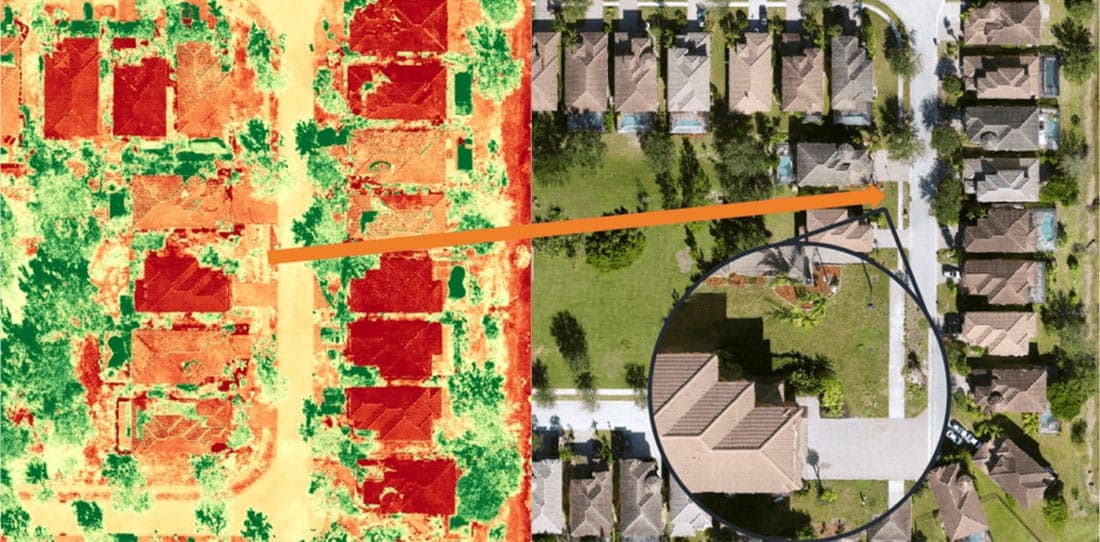
For the grass itself, overwatering will see both its lifespan and attractiveness dramatically reduce. Not to mention the longer-term problems – severe compaction of soil, an abundance of insect pressure, molds, root rot and dead soils, for example.
Unfortunately, the grass can’t tell you it’s had enough already! So, how do you know for sure that you’re overwatering, especially as the end results of both over and underwatering are fairly similar? Visual checks and knowing how turf should feel underfoot are a good starting place.
If you've got a wide acreage to cover, plant health observations using data collected using GIS mapping and drone technology can be invaluable, giving you the ability to review every square inch of the landscape for telltale signs of grass under stress.

So, given that the end results of both over and underwatering are fairly similar, how do you know for sure that you’re overwatering?
Remember our statistic above about homeowners wasting up to 25,000 gallons of water each year? What if we told you that you could reduce that by an impressive 15%? That’d be nearly 7,600 gallons each year… enough to take 480 showers!
With so many factors determining the perfect lawn watering frequency and amount – the direction the lawn faces, the temperature, the weather, the soil, etc. – why go it alone? Especially if you have large amounts of landscaping to manage.
A smart water management system (of which there are a range of smart irrigation controllers to suit every need) takes the burden off you; determining watering schedules and quantities by relying on a wealth of wirelessly available data. This ranges from real-time local weather and on-location details (such as soil type and sprinkler application rate) to historic information around water use in different regions.
Not to mention the benefits for you – a super-efficient water management system is a major cost-saver, it needs far less maintenance than a traditional sprinkler system and relies on much fewer on-site staff.
And, of course, smart irrigation solutions can reduce or even eliminate turf replacement cost from overwatering grass!
Are you looking for help in assessing the health of your landscape but not sure where to start? Contact the Hoover team to arrange a no-obligation consultation with one of our irrigation specialists.